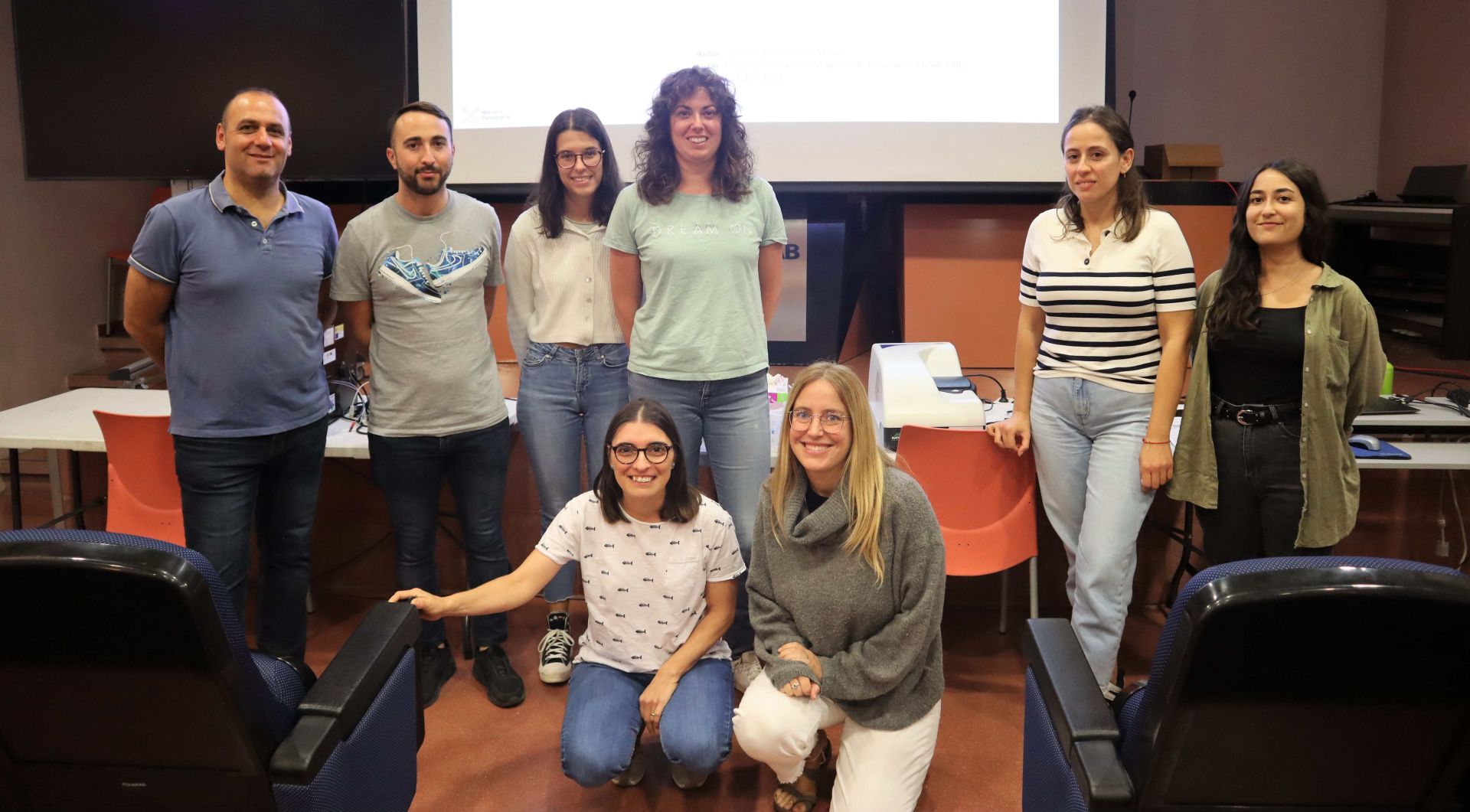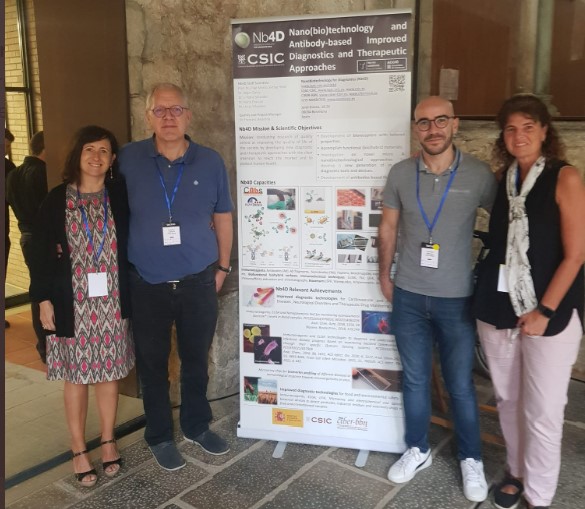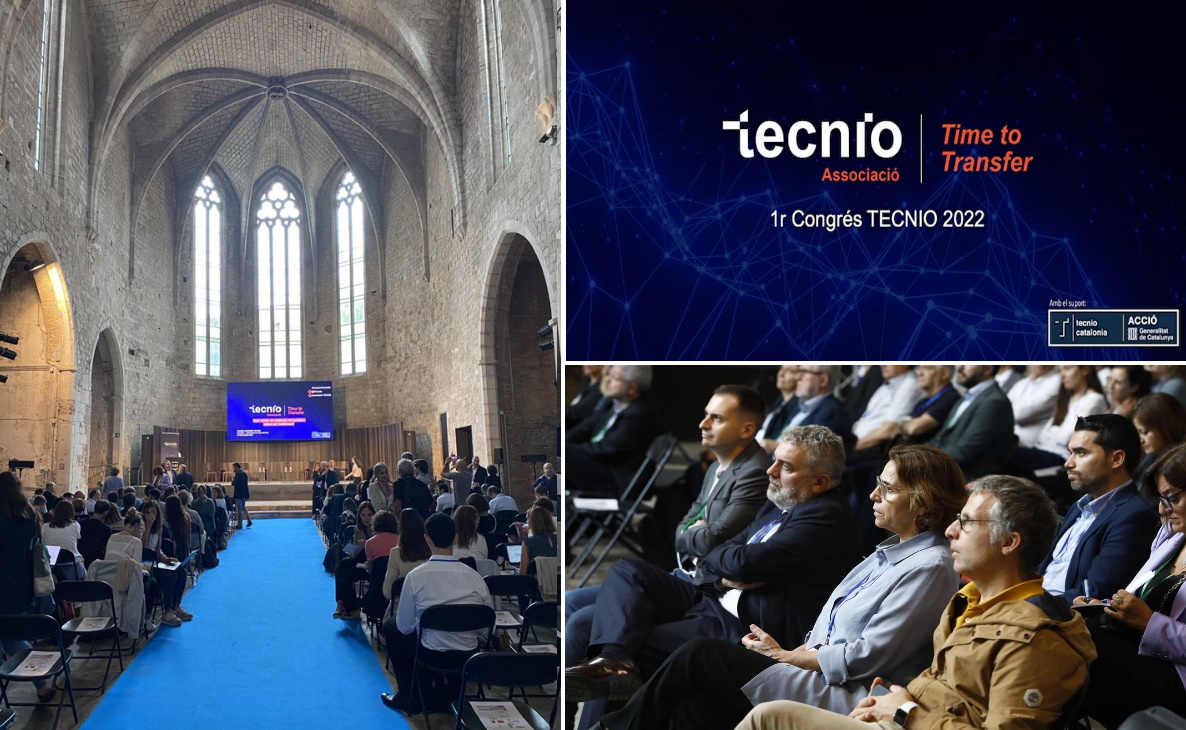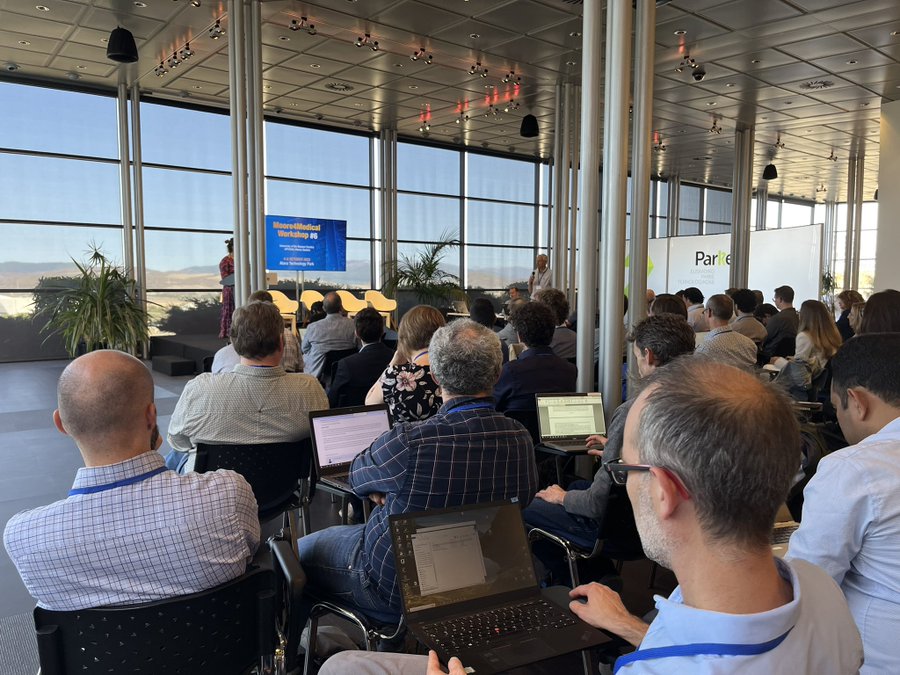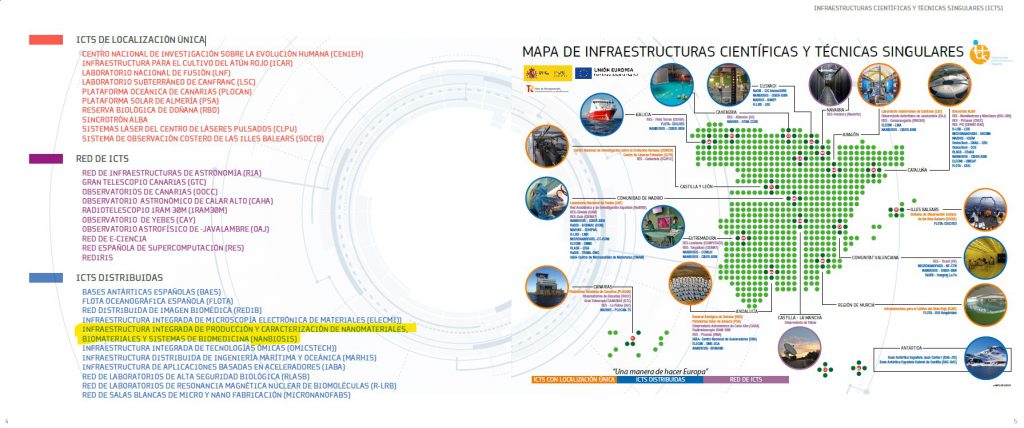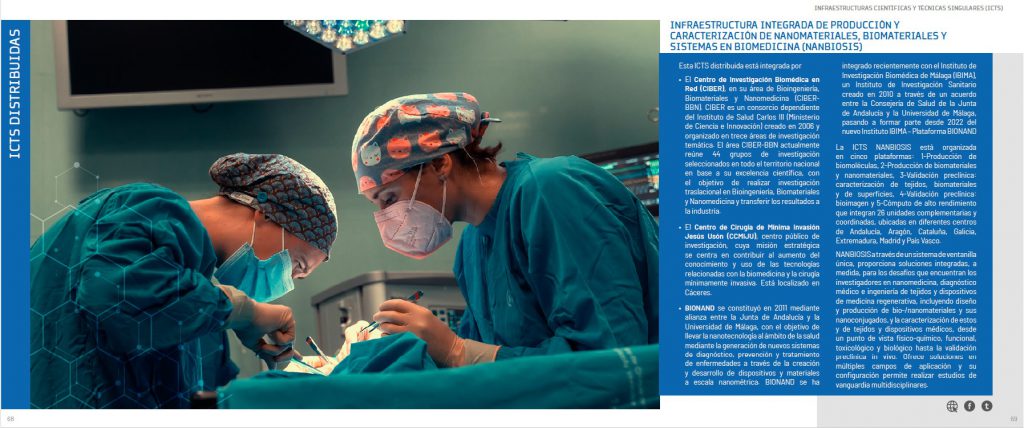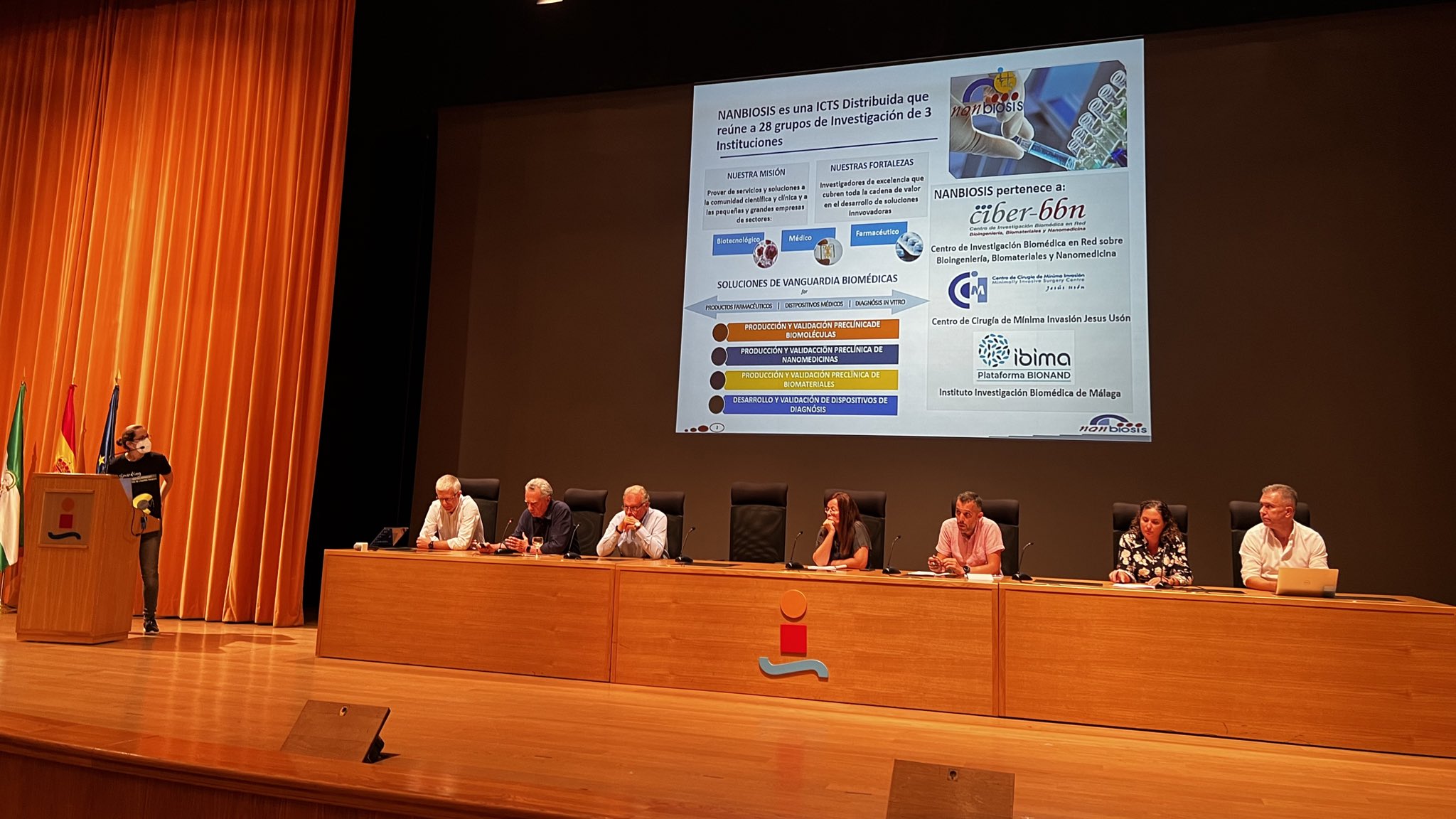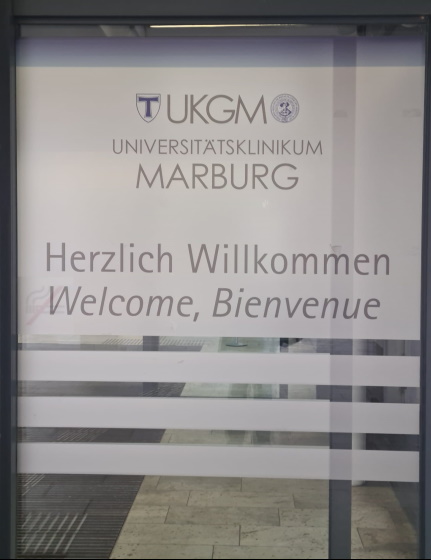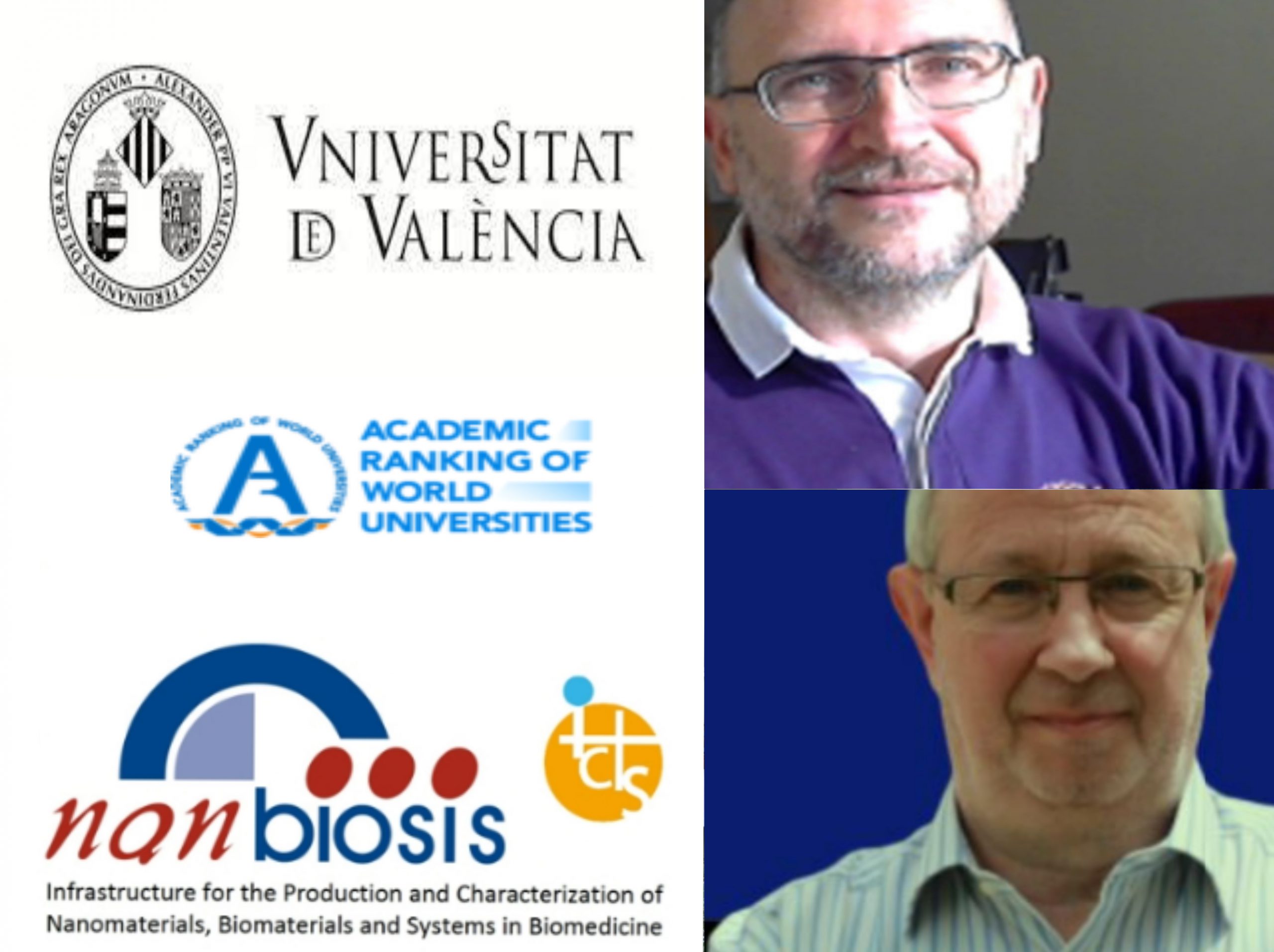Microchannel capillarity pumping design by Prof. Guillermo Artana
On the 28th of October, we will be receiving the international visit at the Unversity of Zaragoza from Dr. Guillermo Artana from Laboratorio de Fluidodinámica-Facultad de Ingeniería-Universidad de Buenos Aires. The title of the talk will be “Microchannel capillarity pumping design“.
The invited lecture is programed within the framework of the European project “Heart On chip based on induced pluripotent Stem cell Technology for personalized Medicine (CISTEM)” and counts with European funding: Horizon 2020 – Research and Innovation Framework Programme / H2020-MSCA-RISE-2017, grant agreement No.778354 in wich the University of Zaragoza participates through CIBER-BBN group TME lab – NANBIOSIS U13 Tissue & Scaffold Characterization Unit.
The event will take place at 12:00 in the Conference Hall bloque 1, planta 1,edif.I+D+I; Campus Rio Ebro, Zaragoza










